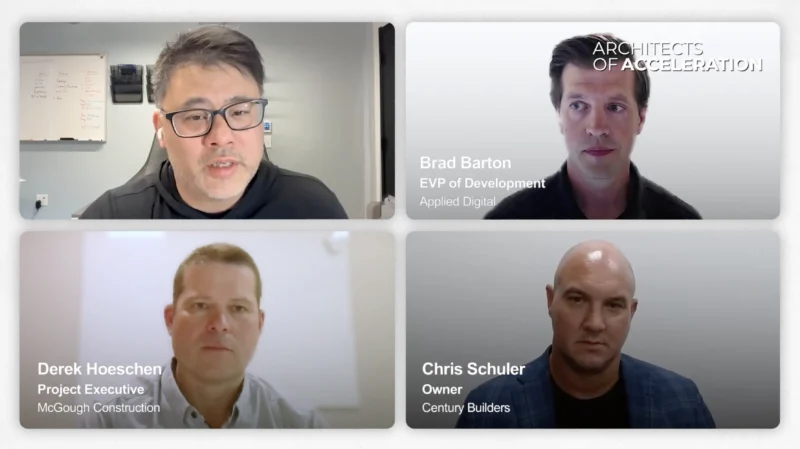During California Wildfires, Drones Join First Responders
From the Carr Fire to the Camp Fire, California firefighters have had an unfortunately busy year in 2018. As one of the most important public professions, these brave men and women are sent into the field to combat dangerous flames and continuously provide support and protection to local communities. Technological improvements to equipment such as the inclusion of drones and enhanced personal protection equipment have enhanced the abilities of first responders while simultaneously keeping them safer.
As of April 2017 nearly 350 state and local police, fire, and emergency service units had acquired drones, according to a report by Bard College’s Center for the Study of the Drone.
As drones have become more easily obtainable and undergone much more testing since then, firefighters have been able to master the use of drones for their everyday job duties. With this development, they no longer must spend great amounts of time and resources on tracking the scope of a fire or how much worse it will get in time. Firefighters can now assess fires much more closely and extensively well before entering the field.
Another benefit of drones is the ability to aid in search and rescue for both fire victims and firefighters. Through GPS technology, drones can effectively locate anyone in a fire. Firefighters no longer must spend time trying to call out for victims amidst the danger and can remotely locate victims and safely retrieve them in a more efficient fashion. Captains just as easily will be able to locate lost firefighters. This new technology will greatly cut down on time in search and rescue, making for a much simpler process overall.
Thermal imaging cameras have been completely revamped in recent years. These cameras have become much more precise. Firefighters can now view more readily prepared data in the field. What began as a simple handheld camera has since been fine-tuned down to a miniature helmet-attachable device, freeing first responders’ hands.
One of the major problems with wildfires is large populations trying to outrun them on what are oftentimes rural escape routes. With new mobile technology and fire application, people will be able to see a fire coming before it is too big to escape. This can mean safer and timelier evacuations which can stand to help the community and save copious amounts of money.
“Improved wildfire detection and reporting is a desirable capability that is being worked on now within the U.S. Forest Service and other land management agencies. The sooner that wildfires are detected and reported, the sooner that firefighters, engines, aircraft, and other wildfire suppression assets can be deployed to respond to them and the higher the chances that unwanted wildfires will be suppressed while they are still small, preventing them from growing into large, dangerous, and costly fires,” stated Forest Service Public Affairs Specialist, Brenda Kendrix.
While new technology is making headway helping firefighters, it is worth noting that these advancements are not without any concerns. Creating new firefighting technology comes with a huge price. From creating the technology itself to the cost of training firefighters to use it, implementing new tools has proven to be difficult. Firefighters cannot afford to have tech malfunctions in the middle of a fire.
Innovations have to be so extensively tested before being used that often firefighters are not even aware of what technology is on the horizon. This hurdle has continued to hinder the industry from a major technological revolution. However, as organizations work to aide firefighters in their efforts, these fighters continue to go above and beyond in their job to battle deadly flames and save the lives of many.
For the latest news, videos, and podcasts in the Software & Electronics Industry, be sure to subscribe to our industry publication.
Follow us on social media for the latest updates in B2B!
Twitter – @TechMKSL
Facebook – facebook.com/marketscale
LinkedIn – linkedin.com/company/marketscale








